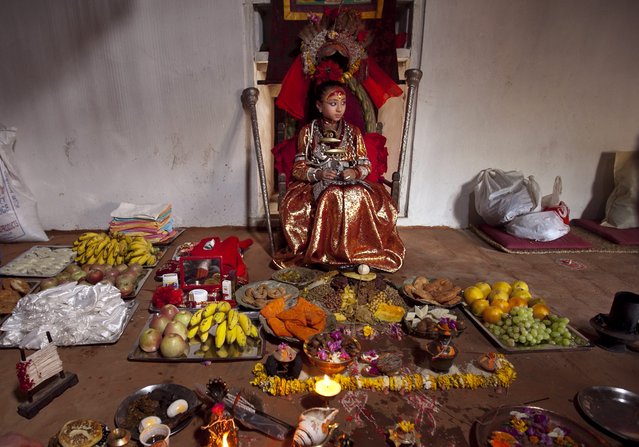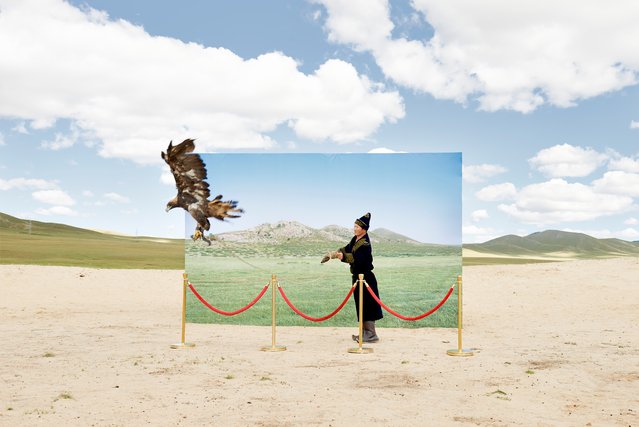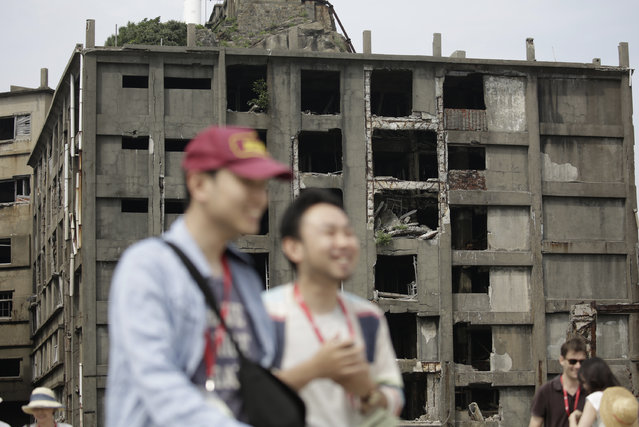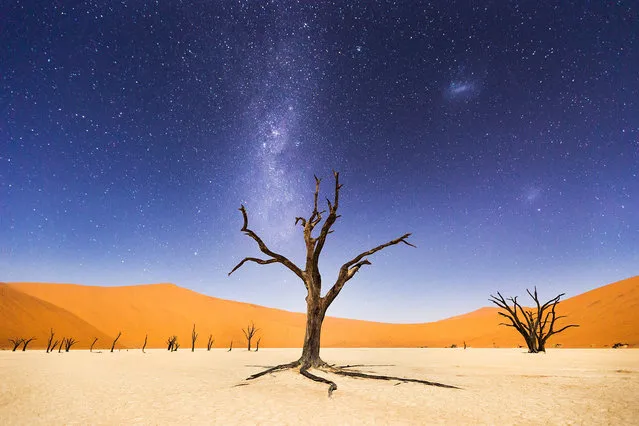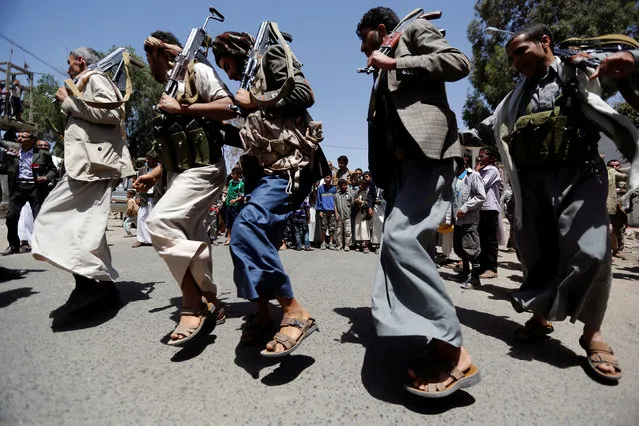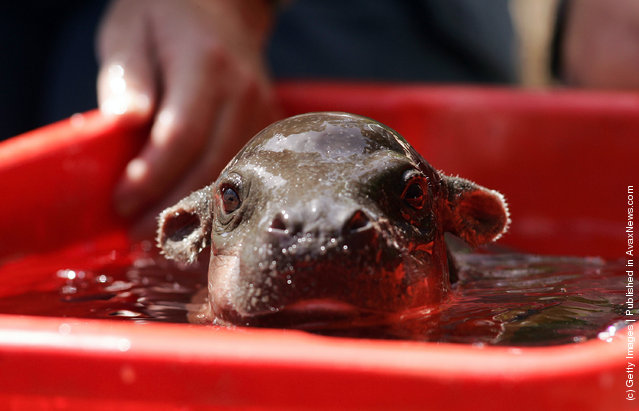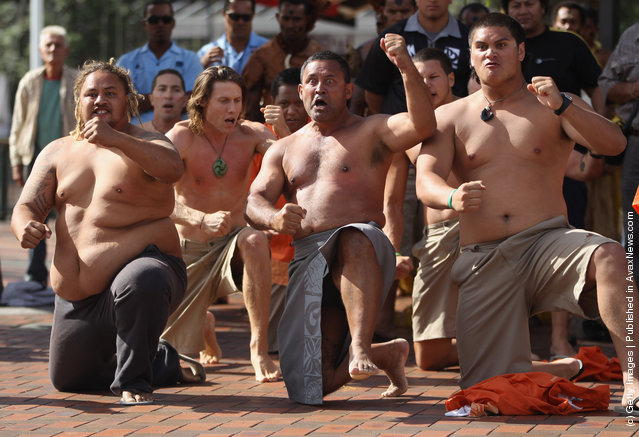
People watch as lava flows from an eruption of a volcano on the Reykjanes Peninsula in southwestern Iceland late on Monday, March 29, 2021. Iceland's latest volcano eruption is still attracting crowds of people hoping to get close to the gentle lava flows. The eruption in Geldingadalur, near Iceland's capital Reykjavik, is not seen as a threat to nearby towns and the slow flows mean people can get close to action without too much harm. (Photo by Marco Di Marco/AP Photo)
08 May 2021 09:04:00,post received
0 comments

